.
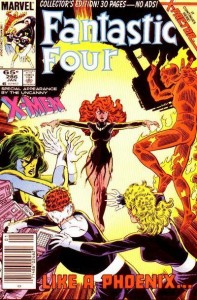
This weekend, Columbia University hosts Comic New York: A Symposium, discussing how comics and New York City are inextricably linked. Saturday’s programming concluded with Chris Claremont and his long-time editor Louise Simonson in conversation, in recognition of his donation of his archives to Columbia University.
Chris Claremont is a great storyteller, and told lots of true stories. One of the most interesting was how he had plotted X-Men to issue #300-350 (c.1992-97). Professor X would have died, Magneto would have assumed control of the Mansion and school, and Scott Summers, Cyclops, would have retired to domestic bliss with Madelyn Pryor, available for emergencies.
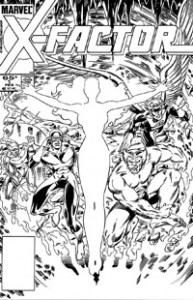
[This story itself had been mandated by Jim Shooter, Editor-In-Chief, who felt a lesser punishment would have been disproportionate to the genocide Phoenix had committed against the asparagus people of D’Bari.]
Chris Claremont was livid. Jim Shooter had pledged that Jean Grey would remain dead. Claremont tried to call Jim Shooter, but the offices were closed for the weekend. So he returned to dinner, and then developed an alternative, which he pitched to Jim Shooter.
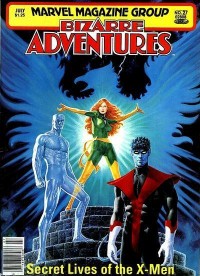
Phoenix, of course, escaped, and using her power cosmic, returned Sara to a normal Human.
Claremont then proposed to Jim Shooter that when Jean Grey had returned Sara to normal, that she had also switched on Sara’s latent mutant genes. Sara’s power would be that when she came into close proximity with a latent mutant, that person’s mutant abilities would manifest, allowing X-Factor to locate mutants more easily. [Although he did not mention it, this would also have been a narrative link to Rachel Summers’ history as a “hound” in the dystopian future of “Days of Future Past” (1981).] Additionally, Sara would have been single, creating an interesting dynamic with the four single male members of X-Factor.
Jim Shooter liked the idea, but was set in the revival of Jean Grey. The rest, they say, is history. [Sara Grey-Bailey was later assassinated in 1994. The Grey lineage is like the Kennedy Clan… almost all members have met their ends in the Marvel-616 timeline.]
So fans are left with what-may-have-been.
Of course, Louise Simonson would assume writing duties with issue #6 of X-Factor. With issue #9, Simonson, with Claremont, would create the first “event crossover” storyline, The Mutant Massacre.
And, you guessed it, Alan Moore influenced that storyline as well! Wow. More what-might-have-been…
The symposium concludes Sunday. All panelists will sign books, which are available at the event.



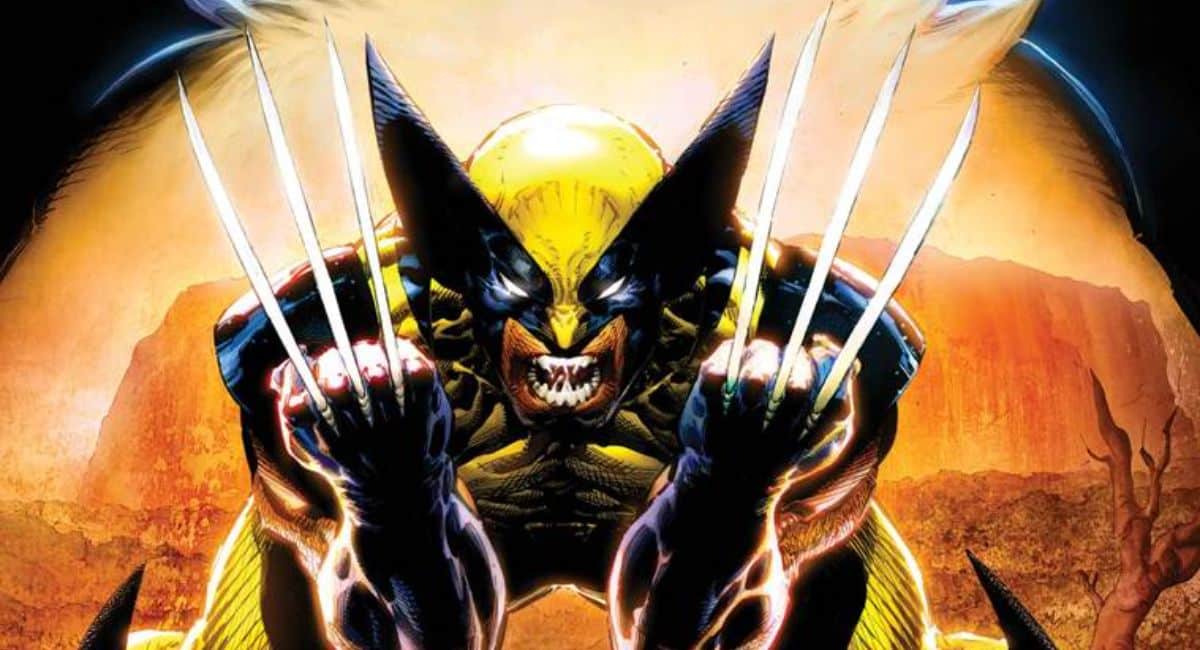
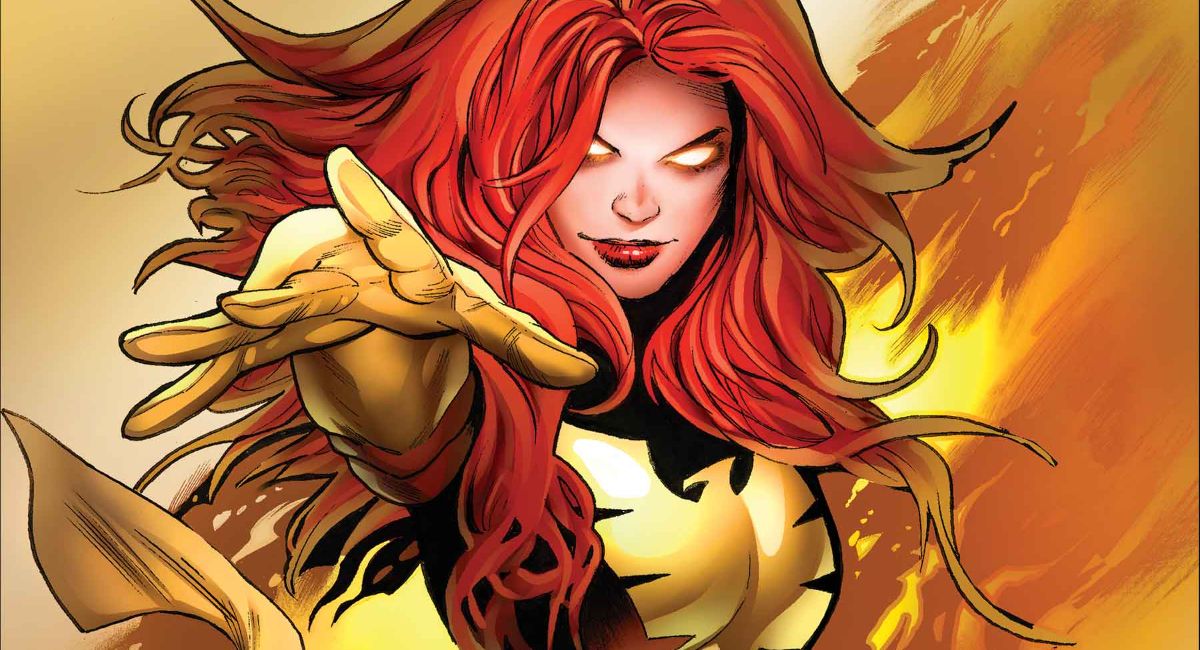



Don’t both Secret Wars predate Mutant Massacre as event crossovers?
Man…X-Factor. I was the only one of my buddies reading it during high school, and still remember how awesome X-Factor’s “Fall of the Mutants” crossover was. The ones in X-Men and New Mutants were terrible. Uncanny X-Force’s “Dark Angel Saga” is an excellent coda to that storyline.
You actually mean Uncanny #200-250 (late 80’s) or thereabouts. That’s when Magneto took over and Cyclops retired for like 2 issues before X-Factor started up.
The stuff Claremont would have done past X-men #1-3/Uncanny X-men #300 and beyond in the 90’s was talked about in Comic Book Legends Revealed one time, a “Dark Wolverine” storyline.
Ironically, Claremont more or less started writing that in X-men Forever before Marvel decided he, the guy that made a low tier book into their top franchise, didn’t deserve to finish out his plots on that book after being screwed over the first time in 1991. But since when is that kind of treatment new in this industry?
The ones in X-Men and New Mutants were terrible.
I’d also like to point out what this man says is demonstrably false.
He stated “300”. He could have mis-spoken.
Secret Wars was not a crossover, but a self-contained mini series.
Secret Wars II did commence with X-Men#196, with the Massacre starring in #210. Claremont and Simonson had claimed credit at the panel, but it seems they are absolved of blame.
When the video is posted, I will revisit the topic.
I was also there, and I can confirm that Claremont initially stated X-Men 200-250… then corrected himself to say 300-350, and he was probably right the first time. Hey, he’s got a lot of X-Men comics to keep track of. But the panel was very entertaining, and I can’t recommend enough watching it when the videos are posted.
BTW, Torsten, it was nice talking with you yesterday (I’m the guy in the sling).
Normally I don’t go back and start a discussion based on someone’s opinion of my comment-but I would like to point out that the New Mutants “Fall of the Mutants” crossover resulted in the death of…Bird-Boy-and that the “goddess” Roma turning the X-Men into “legends” who couldn’t be recorded on camera was the end result of their crossover. Compare that with what was happening in X-Factor at the time. I’m just saying…which storyline still holds up today? But hey, just my opinion.
Plus…the X-Men’s lineup at the time sucked.
I was kind of disappointed when X-Men Forever started vaguely after X-Men (1991) #4, when I think it would’ve been more interesting to go have him go back to before X-Factor #1 and tell it like he would have if Jean Grey had never returned from the dead. He’s mentioned some of these things before, like his intention for Cyclops to remain retired and be available only in case of emergencies, and I’m curious to see how those stories would have turned out.
The editorial decision to bring Jean Grey back from the dead caused a lot of problems. Cyclops had already retired into domestic bliss by that point, and had a kid. But in order for X-Factor to work, he had to have a reason to decide to be unretired, and that reason ended up being Jean’s return. It upset a lot of fans at the time that Cyclops ditched his wife and kid in order to go back to Jean the moment it was revealed she was alive, becoming a dead beat dad. I imagine Claremont wasn’t ever very happy with that either, but the editorially-driven plot called for it. In order to make Cyclops seem like less of a horrible person, a retcon was put into place revealing Madelyne Pryor had really just been an evil clone of Jean Grey all along, so it was a good thing he left her, right?
Claremont’s X-Men had a fantastic run up until then, but I can’t help but view X-Factor as the shark-jumping moment of the entire line. Claremont’s stories in particular never seemed quite as solid afterwards for some reason, though maybe in part due to the change in editors from Ann Nocenti to Bob Harras a year or two later (no offense to Harras, but Simonson and Nocenti seemed to get some of Claremont’s best work out of him).
I’d still love to see a series with Claremont telling the stories that would have been told if Jean had never come back (especially if edited by Louise Simonson).
That “Abandoned Plots” thread linked to in the article is a fun read…I just saw this quote from Bob Layton on who was actually going to be the fifth X-Factor member — it turns out the book wasn’t originally created with the idea of reviving Jean Grey in mind:
“Please keep in mind that I really had little to do with the re-introduction of Jean Grey to the Marvel Universe. When I was developing X-FACTOR, I recall that I had Dazzler replacing the Marvel Girl spot. Sometime during the development stages, John Byrne came to my editor, Mike Carlin, and said that he (and I believe– Kurt Busiek) had figured out a way to bring Marvel Girl back without compromising the Phoenix Saga. They asked if I’d like to have her back in the original group. I am no dummy and immediately accepted their offer.”
I was there, too — it was a hell of a good panel. I especially like Claremont’s revelation that the whole Massacre was conceived just because an artist had drawn way too many Morlocks in a crowd scene.
Claremont, by the way, never mentioned Byrne by name at any point, either when talking about his collaborators or in discussing the person that had planned to revive Jean Grey behind his back (I was pretty sure whom he was talking about, though Bob Layton’s quote confirmed it for me). Obviously still some bitterness there (I believe he said that the guy that pitched the idea “couldn’t handle the pressure and slinked back to DC, where he belonged”).
@HipHopNinja – Actually the death that occurred in New Mutants was that of Doug Ramsey, who was kind of a fan favorite at the time. Bird-Brain unfortunately lived.
The Sara Grey storyline would have been a nice alternative to the mess they made by bringing Jean back to life (BTW: is she dead right now?). I thought it invalidated so much of what she died for…
The interesting thing about the proposal regarding Sara Grey’s mutant-activation power is that it’s more or less one of Hope Summers’s cornucopia of powers.
Te death of Doug was incredibly shocking — the art was really strange, which made it all the worse. But things like Roma, the Siege Perilous, that is just vintage Claremont — Silver Age weirdness done as completely straight Golden Age drama — and (obviously) it worked. But Marc Silvestri drawing Wolverine, Storm, Longshot, and Havok? Come on! =Awesome. That whole bit where they couldn’t be detected was a great twist — a reset of the title without a reboot of the universe.
The Jean Grey suicide at the end of the Dark Phoenix arc was actually #137, not 138. 138 was her funeral, and a recap of X-Men history to that point (and also my very first issue of the comic – what a place to start!).
I’ll agree with the poster who said the Bird Boy stuff in New Mutants was bad – that book went down the drain after Claremont left, and the art (Blevins and others) was so bad that when Liefield came on, it was widely viewed as an improvement.
“Claremont’s X-Men had a fantastic run up until then, but I can’t help but view X-Factor as the shark-jumping moment of the entire line.”
As an Old School X-Men fan that still loves Claremont, I agree with this. In fact, I’d go so far as to say that Post-Secret Wars X-Men kind of jumped the shark. Looking back at that period (I was 11 or 12) I remember that I still loved the X-Men but didn’t enjoy the book as much as I had been.
X-Factor was cool at the time because they brought Jean back (even though it took alot of the emotion away from the Death of Phoenix) and they de-furred Hank. Hank without blue fur bothered me more than Jean being back. Post-Mutant Massacre, even with Walt Simonson on art I didn’t like the concept of Angel becoming Archangel.
The New Mutants went downhill for me mainly because of uneven artwork at the time (even with Jackson Guice on art) but Secret Wars II really took alot of fun away from that book.
Funny to look at it all now and see what Marvel has done with the X-Men title-wise and concept-wise since franchising it in the 90’s and making it such a twister maze of continuity.
The Sara Grey storyline is quite interesting as her “activation” powers mimic what is currently being dome with Hope Summers.
I really like Claremont’s notion that Sara was single and would have spun the four male figures in X-Factor around and around.
It’s a shame that Chris’ idea didn’t become the actual direction…it would have kept the X-Factor characters young and avoided the whole “marriage of founding members” direction. Oh well…
“This story itself had been mandated by Jim Shooter, Editor-In-Chief, who felt a lesser punishment would have been disproportionate to the genocide Phoenix had committed against the asparagus people of D’Bari.”
On my list of “1000 Things I Love About Comics,” the above sentence currently comes in at #847.
I really loved those few first years of X-Factor, those comics were a lot of fun.
Mutant Massacre was also my favorite Mutant event, I love hearing the ‘behind the scenes’ drama that happened w/it…
Great to read. I’ve into classic X-Men stuff of late. All these stories you all mention gives me bags to look for.
Yeah, Rob J, that was exactly what I thought when I read this. X-Factor was my first Marvel book outside of G.I. Joe. Walt Simonson on art, Apocalypse, Angel’s death, the Four Horsemen, Fall of the Mutants, Beast getting dumber. This was a legendary run.
Does this mean Morrison’s run on the New X-Men is the official last Jean Grey story? At the time, no one believed she would stay dead, as it was only a matter of time. She must be permanently dead, right? RIGHT?!?
Comments are closed.